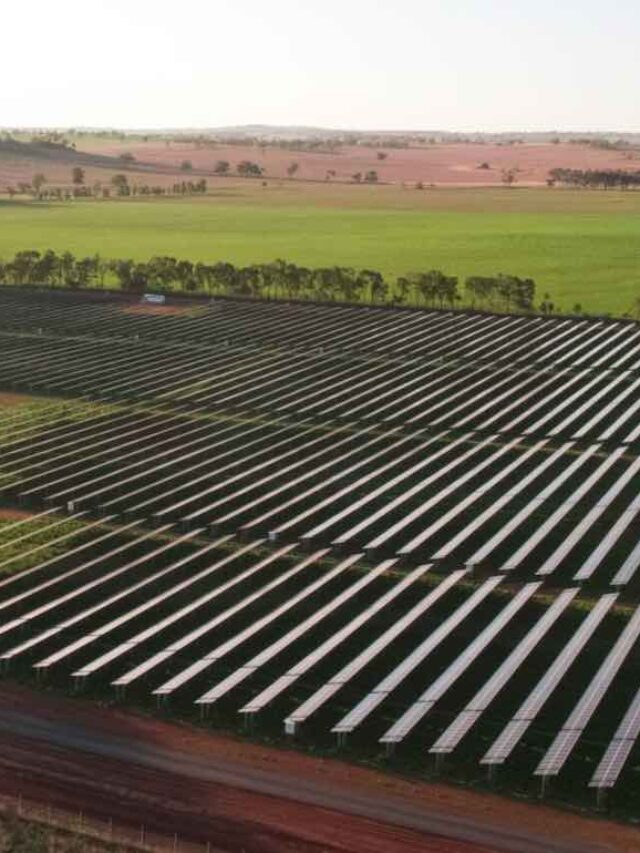In yet another sign of the accelerating green energy transition, NSW – the state with the biggest coal fleet in the country – has reached more than 100 per cent “potential” renewables for the first time.
The new benchmark was reached, according to the analysts at GPE NEMLog 2, at 1.40pm AEST on Sunday, when the share of renewables hit 82 per cent, but the amount of “curtailed” renewables was equivalent to another 18.7 per cent of state demand.
Curtailment can happen for a variety of reasons – grid security, network constraints or, more likely, economic reasons: Some wind and solar farms are obliged under their contracts to switch off when wholesale electricity prices go negative. Some just don’t want to pay others to take their output.
Negative prices are not new. They used to happen regulatory overnight when “baseload” coal fired generators fought for the right to be dispatched because there was little demand at that time.
Coal plant operators judge that it is cheaper to pay others to take their output than to ramp down and then ramp up output, or to shut down several units.
Negative prices are now happening more often, and in the middle of the day, because of the sheer scale of output from rooftop solar, which is absorbing half of all demand in big states like NSW, and occasionally all of demand in smaller states such as South Australia.
Until more storage (batteries and pumped hydro, for instance) is built, and more demand is created (via electric vehicles, household electrification and green hydrogen), those negative pricing events will continue.

These events cause coal fired generators, and some large scale wind and solar plants to duck for cover. On Sunday, the output of the state’s coal fleet (nominal capacity 8.2 GW) fell to just 1.6 GW earlier on Sunday morning and its share of generation to just 16 per cent in the late morning,..
Large scale wind and solar were also curtailed, and it is interesting to note that hydro capacity at the time was also quite strong, potentially pushing some other clean energy sources out of the market.
The Australian Energy Market Operator is moving rapidly to solve some of the engineering challenges (maintaining inertia and system strength, for instance) to allow for short periods where the entire main grid may reach 100 per cent renewables by 2025.
It has already reached more than 99.5 per cent “potential” renewables over a half hour period for the entire National Electricity Market, according to AEMO, and more than 101 per cent “potential” renewables over a five minute trading interval, according to GPE NEMLog.
The reaching of “potential” renewables of 100 per cent in NSW is also significant in the context of the proposed closure of its largest generator, the 2.88 GW Eraring coal generator in August, 2025, and the infrastructure roadmap which is seeking to roll out 12GW of new wind, solar and storage by 2030.
See also: Renewables hit record high in Australia, as green energy transition rolls on
And: Solar records tumble across the grid, stretches midday gap over coal to nearly 10 GW









